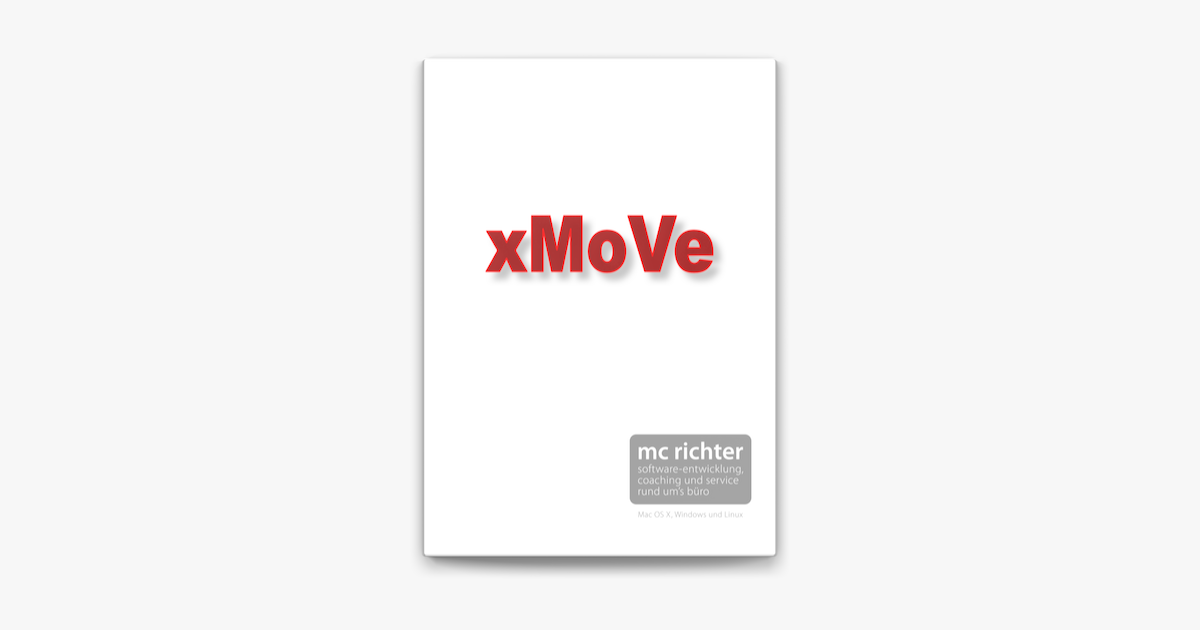We’ve written lots of Hackintosh Guides all the way from OS X 10.5 to 10.7, and here we are back once again with best of the line OS X Lion 10.7.2 easy guide Our previous guide: Install Mac OS X 10.7 Lion on your PC was rather difficult for beginners, this one is going to be way more simpler, thanks to the UniBeast. Make sure you have a system running Mac OS X at hand. Attach the USB thumb drive, and open Disk Utility from Application/Utilities, or just type Disk Utility in Spotlight. Select your USB drive in the left sidebar, and click the Partition tab. Under Volume Scheme, select 1 Partition, and give it a name (Installer, for instance).

- Feb 26, 2018 xMove control switch to ICE, replace the front panel xAfter 3 minutes,remove the front panel xMove control switch to OFF xRemove the frontinsulation panel xPour.78 fl. Oz (23 ml)of chlorine bleach.into the water tank xReplace the front insulation panel xOPENthe cleaning valve.Use bleach without additives. Additives cause excessive foaming,.
- The first time you use a realuser command (XClick, XMove.) your Mac will ask you to add Chrome and/or Firefox to the accessibility menu. But it does this only once. If you missed the dialog the first time, future realuser commands will fail silently and you need to give Chrome/Firefox the required permissions manually (as shown in the.
Since publishing my Automating Cross vCenter vMotion between the same and different SSO Domain article back in early 2016, I have had a large number of customers reach out to me and share their success stories of allowing them to perform datacenter migrations to consolidating vCenter Servers all due to this awesome capability that was introduced in vSphere 6.0. In fact, many of the VM migration numbers were in the 4,000 to 8,000+ range which completely blew me away. It was great to hear from customers on how the xMoveVM.ps1 script had enabled them to do things that was simply not possible before, especially without impacting their workloads.

I still get pinged on a regular basis from customers about using my script and one thing that surprises many customers when I mention to them that this functionality has already been ported over to the native Move-VM cmdlet that was introduced with the PowerCLI 6.5 release. This had always been my original intention to provide an example using our vSphere API and enabling our customers in the short term and working with Alan Renouf and the PowerCLI team to get this folded back into the official PowerCLI cmdlets. This means, you no longer have to use my script for basic Cross vCenter vMotions whether that is between the same or different SSO Domain, which is quite nice as the number of user inputs is significantly reduced by using Move-VM cmdlet.
UPDATE (01/01/2018) - One additional option is the recently released Cross vCenter vMotion Utility Fling. For more details, please have a look at the blog post here.
Lets take a look at an example below where I have a VM called TestVM-1 which is residing in vcenter65-1 and I want to vMotion it to vcenter65-3:
Xmove Mac Shortcut
With just 5 simple and easy to read lines of PowerCLI, you can perform this operation: